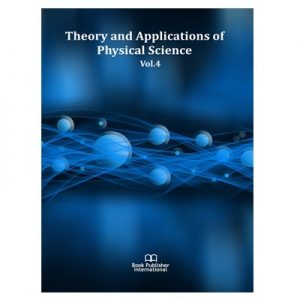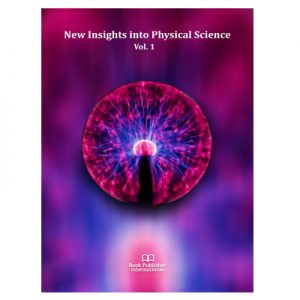The part 3 of the present book always concerns \(N_2\) plasmas and afterglows at low and atmospheric gas pressures, adding new results on production of all the \(N_2\)(B,v’) and \(N_2\)(X,v) states in (Ar)-\(N_2\) plasma and afterglows at low and high gas pressures. Production of N and C-atoms in Ar-\(N_2\)-\(CH_4\) gas mixtures was established after high power RF plasma torch at atmospheric gas pressure as shown in the under figure and was revisited in microwave afterglows at low gas pressures where a special attention is brought to reactions in early (pink) afterglow conditions. Also, more results than in the previous chapter 3 were given in the Plasmalyse reactor for medical instruments sterilization. N2 discharges and afterglows modeling showing the coupling of electron and \(N_2\) (X, v) distributions are recalled with Mario Capitelli. Finally, an application of N-atoms source in \(N_2\) HF afterglow is reported on the CN thin film deposition. From recent results obtained in Laplace Lab. concerning the Laser fluorescence measurements (TALIF) of N and H atoms density in \(N_2\)-\(H_2\) afterglows (PHD thesis of V. Ferrer, Toulouse 2023), it is deduced that the rate coefficient of the N+H+\(N_2\)\(\to\) NH+ \(N_2\) reaction, chosen in Chapter 4 and 13 of the present book, must be multiplied by 50, that confirms the assumed value of 10-33 cm6s-1 of Gordiets et al. (B.Gordiets, CM Ferreira, MJ Pinheiro and A.Ricard, Plasma Source Sc. Tech. (1998) 7, 363). Other corrections of previous results are brought in chapters 21 and 26.
Plasmas Afterglows with \(N_2\) for Surface Treatments – Edition 3
André Ricard
LAPLACE, Université de Toulouse, CNRS, INPT, UPS, 118 route de Narbonne, 31062 Toulouse Cedex 9, France
Book Details
| Author(s) | André Ricard |
|---|---|
| Pages | 137 |
| Publisher | B P International |
| Language | English |
| ISBN-13 (15) | 978-81-19217-08-3 (Print) |
| Published | April 20, 2023 |





